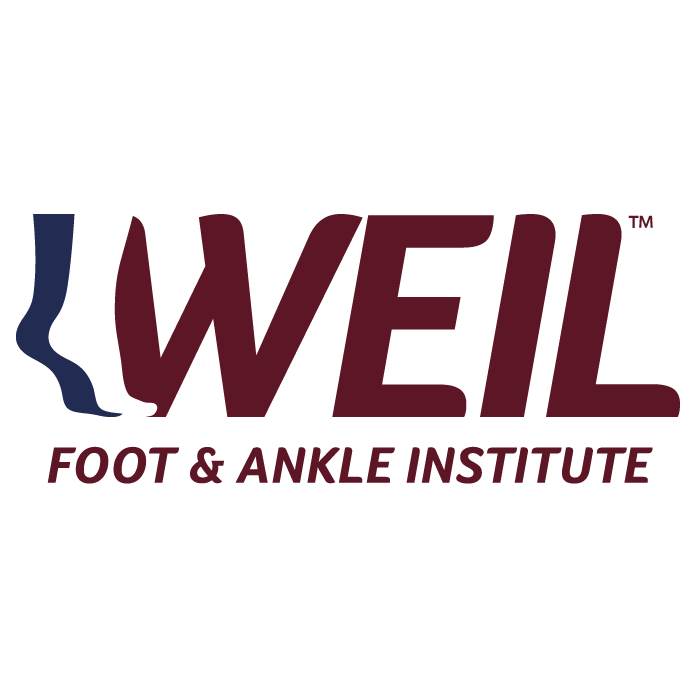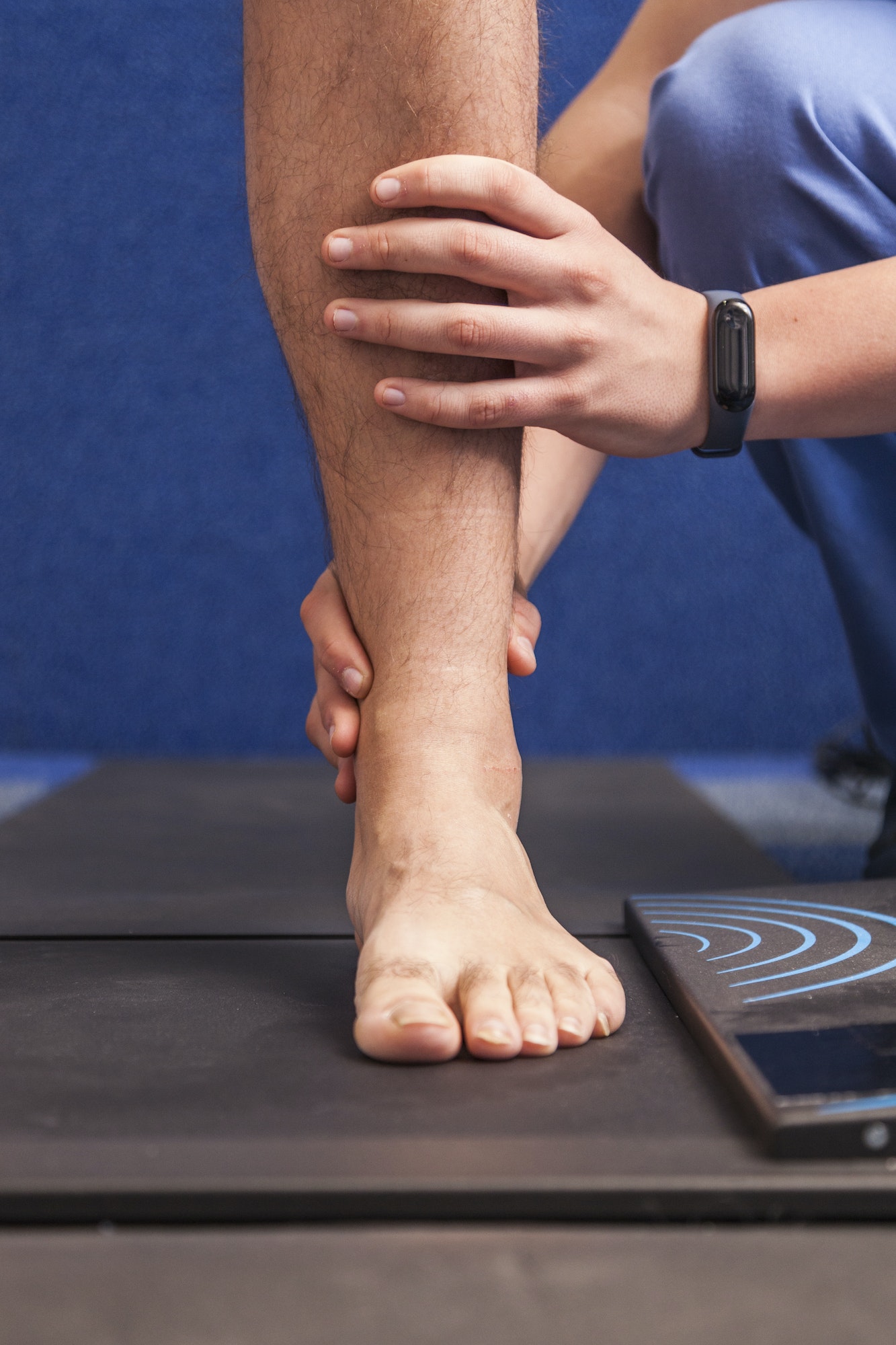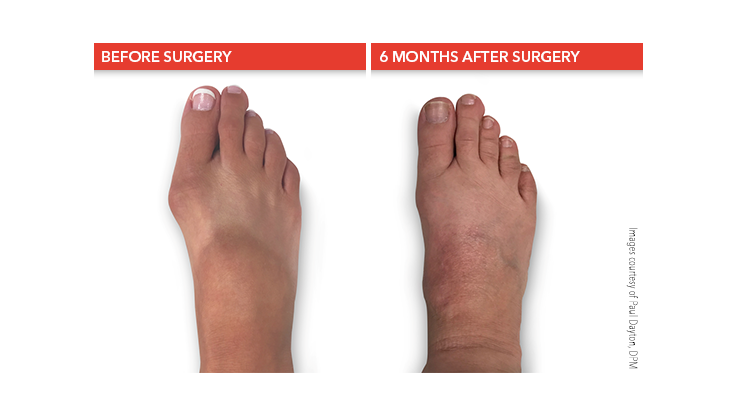Table of Contents
Treatment For Bunions With Lapiplasty
What are Bunions?
What is Lapiplasty?
In many cases, bunions can be treated through non-invasive means such as orthotic shoe inserts, foot pads, anti-inflammatory medication, or switching to a wider, more comfortable, or otherwise more accommodating shoe. However, once the condition progresses and does not respond to conservative treatments, surgery is the only effective means to correct bunions.
Lapiplasty (also referred to as 3D Bunion Correction Surgery) is a surgery which directly addresses the biomechanical cause of bunions. The procedure involves moving one of the joints of the foot back to its normal alignment using implants to provide support and stability. This will correct the bunion deformity and reduce the risks of recurrence.
How do you prepare for Lapiplasty Procedure for Bunions?
Why is Lapiplasty Procedure for Bunions performed?
Bunion Correction
How Is Lapiplasty Different From Traditional Bunion Treatments?
Traditional bunion surgery usually addresses the bony bump by removing part of the bone and realigning the bones. While this is effective at eliminating pain for many patients, it does not solve the underlying problem of joint instability. If your toe joint alignment is not repaired, there is a greater chance that the bunion will recur in the future.
With Lapiplasty, the bone is carefully shifted and rotated back into its original position while being reinforced with stabilizing titanium plates. This realigns the joint ensuring that the bunion will not return in the future.
What can you expect during Lapiplasty Procedure for Bunions?
What is the followup and recovery like for Lapiplasty Procedure for Bunions?
What are the potential costs for Lapiplasty Procedure for Bunions?
What are the potential risks for Lapiplasty Procedure for Bunions?
Are there related treatments to Lapiplasty Surgery for Bunions?
Want to learn more? Contact our office!
Please call our podiatry offices if you have any additional questions about Weil Foot & Ankle Institute’s Lapiplasty treatment for bunions, and we will be happy to provide you with all the information you may need. If you would like to schedule an appointment to discuss Lapiplasty as an option for your bunion treatment, to treat your bunion, call our office or click here to use our convenient online appointment request form.

Meet Weil Foot & Ankle Institute
Review By: Lowell Weil Jr., DPM – Jan 19th, 2023




